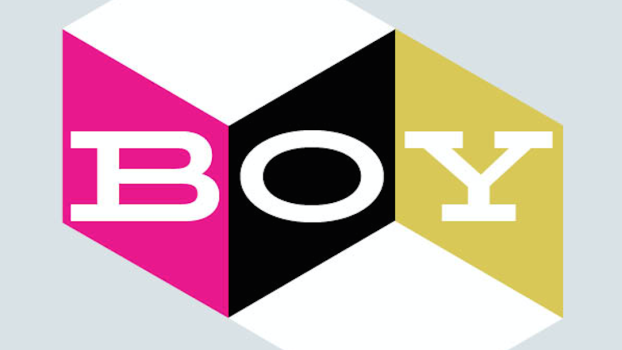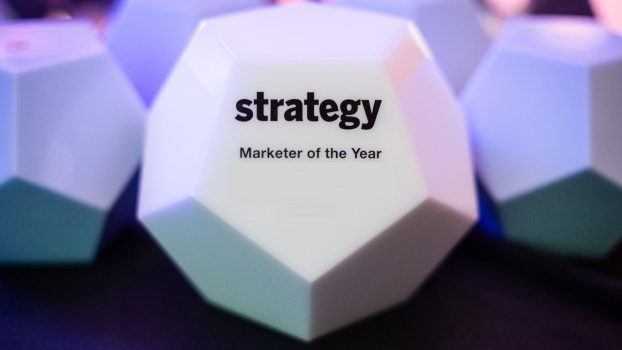In spite of gains LGBTQ+ employees have made in the workplace, many continue to face hidden challenges and fears that negatively impact their success, finds a new global survey from Accenture. And part of the reason is that leaders often overestimate how welcoming their organizations are to diverse LGBTQ+ talent.
As the consultancy points out in its Visible Growth, Invisible Fears report, the world at large has made significant strides over the years with respect to LGBTQ+ rights. Since 2001, for instance, 29 countries have legalized same-sex marriage and 77 countries now prohibit employee discrimination on the grounds of sexual orientation. (The U.S. Supreme Court ruled only last month that gay and transgender workers are protected from workplace discrimination).
In another sign of progress, 37% of the LGBTQ+ employees surveyed by Accenture had reached manager level – more than the 35% of non-LGBTQ+ respondents. They were also, on average, more aspirational when it comes to their careers: 27% of LGBTQ+ employees indicated wanting a leadership position, while 24% of other employees said the same.
However, the research suggests many in the community continue to face significant adversity at work. For one, only 40% of LGBTQ+ respondents identified as being fully open about their gender identity, expression or sexual orientation at work, which suggests many still feel uncomfortable being themselves, notes Accenture.
Being open about one’s gender identity or sexual orientation does not get easier as they climb the corporate ladder. Twenty-six percent of LGBTQ+ employees said they kept their identity to themselves; 25% had shared it with close colleagues and 31% were very open about it at work.
A smaller proportion (18%) of LGBTQ+ business leaders indicated not telling anyone and a greater proportion had told close colleagues (34%). However, fewer leaders (21%) than employees were openly LGBTQ+ with everyone in the organization and only 25% had opened up to other members of the senior leadership team.
Overall, 57% of employees told Accenture they believe their gender identity or sexual orientation has “slowed their progress at work.”
The results come from a pair of online surveys fielded in 28 markets during October and November 2019, as part of Accenture’s broader Getting to Equal research program. One survey was completed by more than 1,700 senior leaders (from the C-Suite and management committees at organizations with more than 50 employees), while the second was completed by more than 30,000 employees worldwide.
Creating an inclusive workplace not only makes employees feel safe and able to succeed. It can also have an impact on the competitiveness of an organization.
“Nurturing inclusivity also unleashes innovation,” says Brent Chaters, managing director of marketing transformation at Accenture. “Our research shows organizations that have open communication across leadership to the employees on the ground see higher profits… A culture of equality is a powerful multiplier of innovation, and for LGBT+ employees in the most-equal and diverse cultures the innovation mindset is 20 times greater.”
One of the challenges facing LGBTQ+ workers is that there appears to be a significant gap between how leaders and employees perceive their workplace environment, according to another Accenture report from March.
In that report, 68% of leaders said they create empowering workplace environments in which “employees can be themselves, raise concerns and innovate without fear of failure.” Meanwhile, only 36% of employees believe that statement is true.
Among LGBTQ+ employees, the disparity is larger still: only 14% feel fully supported by their employer when it comes to improving diversity and making everyone feel welcomed at work. The lack of confidence is shared by LGBTQ+ leaders, only 57% of which agree their company is very welcoming toward other members of the community.
In the most recent report, the consultancy points to “leaders who don’t have their ear to the ground” for the lack of an inclusive workplace culture. Pointing to a way forward, Accenture identifies the 6% of leaders it considers to be “culture makers,” a group whose organizations are growing more than twice as fast on average than those of their peers.
Leaders in this group not only succeed in business; they are also ahead on promoting LGBTQ+ inclusion at work. For example, 34% of “culture makers” have personally campaigned for, or spoken publicly about, LGBTQ+ rights (versus 19% of all organizational leaders). Fifty-three percent of leaders work for an organization that has set a goal or target around employees feeling they can “be themselves” at work (versus 28%).
“What makes [culture makers] different is they personally campaign for or have spoken out about LGBT+ rights, and they believe that employees having the freedom to express their individuality is fundamental to helping them thrive in the workplace,” says Chaters. “As CMOs we are expected to be the expression of the brand and organization, and as marketing leaders it is critical we are encouraging the voice of diversity.”
Simply fostering an environment where employees of all levels – and particularly business leaders – are comfortable being themselves and feel supported by their colleagues can have a positive impact on the long-term, as 71% of respondents told Accenture that “seeing people like me” in senior positions is important to helping them thrive.
Photo by Divya Jain on Unsplash
























